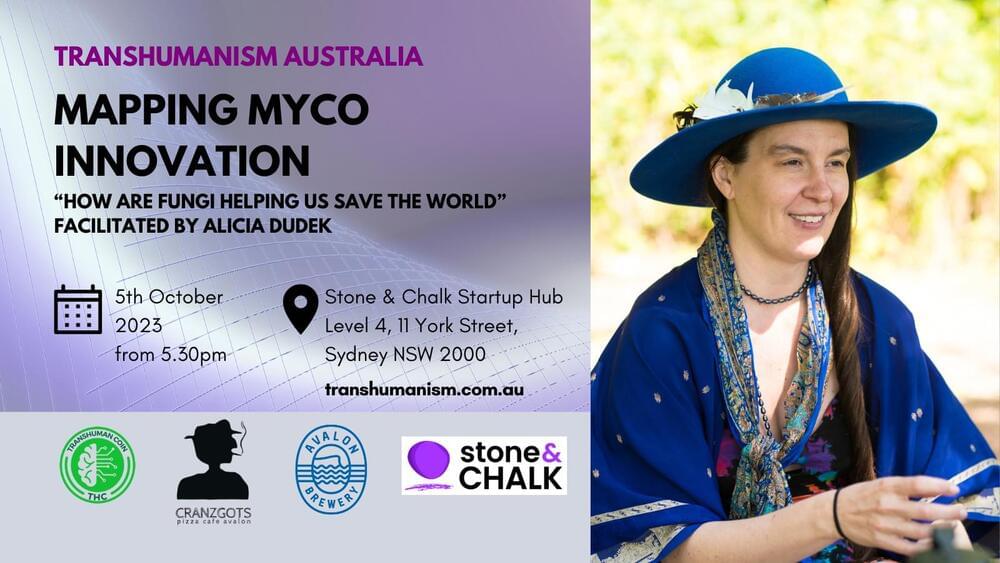“Welcome to another exciting episode of AI News! Our top story today is the release of ChatGPT’s DALL-E 3, an AI system that is revolutionizing image generation. We’ll also be discussing Google’s BARD and its recent upgrade, as well as the impressive $40M funding received by Legit Security to protect AI applications from cyber threats. Stay tuned for these stories and more in this episode of AI News. Don’t forget to subscribe and hit the bell icon so you never miss an update on the latest developments in Artificial Intelligence!”
Get the latest international news and world events from around the world.


Job Seekers, Look Out for Job Scams
The economic downturn is already a devastating blow to job seekers everywhere. Now scammers are taking advantage of the situation by ramping up their methods of swindling people.
Job scamming is a threat to job seekers all over the world. For example, the Better Business Bureau (BBB) reported an increase in job scam complaints in the United States and Canada in the past several years. Singapore job seekers lost $660 million SGD ($495 million USD) in 2022 alone. And in the UK, 10,000 people were approached on LinkedIn and Facebook by “foreign spies and malicious actors” to steal information.
Phishing attacks and malware are the primary methods of scamming job seekers, according to a February Trellix report. Scammers create fake websites, often employing typosquatting. A fake site uses a real name like Indeed that’s slightly misspelled (such as “Indeeed”) or extends the URL in hopes the job seeker will not notice the base domain name. These sites appear legitimate but are used to steal passwords and financial information.

Scientists regenerate neurons that restore walking in mice after paralysis from spinal cord injury
In a new study in mice, a team of researchers from UCLA, the Swiss Federal Institute of Technology, and Harvard University have uncovered a crucial component for restoring functional activity after spinal cord injury. The neuroscientists have shown that re-growing specific neurons back to their natural target regions led to recovery, while random regrowth was not effective.
In a 2018 study published in Nature, the team identified a treatment approach that triggers axons —the tiny fibers that link nerve cells and enable them to communicate—to regrow after spinal cord injury in rodents. But even as that approach successfully led to the regeneration of axons across severe spinal cord lesions, achieving functional recovery remained a significant challenge.
In a new study, published in Science, the team aimed to determine whether directing the regeneration of axons from specific neuronal subpopulations to their natural target regions could lead to meaningful functional restoration after spinal cord injury in mice. They first used advanced genetic analysis to identify nerve cell groups that enable walking improvement after a partial spinal cord injury.

HIMSSCast: What the C-suite needs to know about generative AI’s disruptive effects
Generative artificial intelligence – the kind of AI behind the hugely popular ChatGPT application – already is disrupting the healthcare industry. C-suite executives and other health IT leaders at provider organizations need to know much to keep up and what to be wary of.
Venky Anant is a partner at research and consulting firm McKinsey Digital. He is our guest on this week’s podcast. He has vast expertise in AI and knows well its disruptive potential.

California Just Fired The World’s Most Powerful X-Ray Laser
The boundaries of science are constantly being pushed and expanded as newer and more advanced technology is developed, and researchers are now promising a “new era” of discovery as the world’s most powerful X-ray laser comes online.
The laser in question is the Linac Coherent Light Source (LCLS) II, and it’s able to produce up to a million X-ray flashes every single second. That’s some 8,000 times more than the original LCLS laser, creating a virtually continuous beam of highly energetic light that is 10,000 times brighter than before.
That means it can capture processes in much more detail at the atomic scale, perhaps processes that have never been properly observed before – and from there, maybe opening up completely new fields of research.

Stanford engineers invent a solar panel that generates electricity at night
“If you can get up to a watt per square meter, it would be very attractive from a cost perspective,” Assawaworrarit says.
The invention taps into a source of energy that’s easily overlooked
The Earth is constantly receiving a tremendous amount of energy from the Sun, to the tune of 173,000 terrawatts. Clouds, particles in the atmosphere, and reflective surfaces like snow-covered mountains immediately reflect 30 percent of that energy out into space. The rest of it ends up warming the land, oceans, clouds, atmosphere, and everything else on the planet.

The Fascinating Science of How We Think Not with the Brain But with the World
In The Extended Mind: The Power of Thinking Outside the Brain (public library), Annie Murphy Paul explores the most thrilling frontiers of this growing understanding, fusing a century of scientific studies with millennia of first-hand experience from the lives and letters of great artists, scientists, inventors, and entrepreneurs. Challenging our cultural inheritance of thinking that thinking takes place only inside the brain, she illuminates the myriad ways in which we “use the world to think” — from the sensemaking language of gestures that we acquire as babies long before we can speak concepts to the singular fuel that time in nature provides for the brain’s most powerful associative network.
Paul distills this recalibration of understanding:
Thinking outside the brain means skillfully engaging entities external to our heads — the feelings and movements of our bodies, the physical spaces in which we learn and work, and the minds of the other people around us — drawing them into our own mental processes. By reaching beyond the brain to recruit these “extra-neural” resources, we are able to focus more intently, comprehend more deeply, and create more imaginatively — to entertain ideas that would be literally unthinkable by the brain alone.